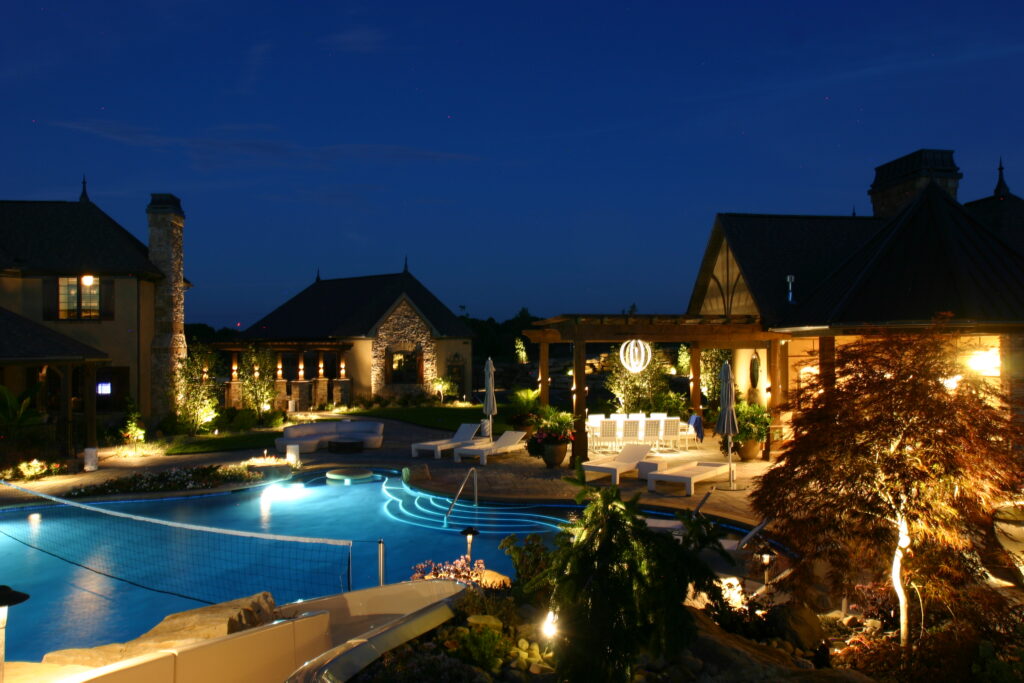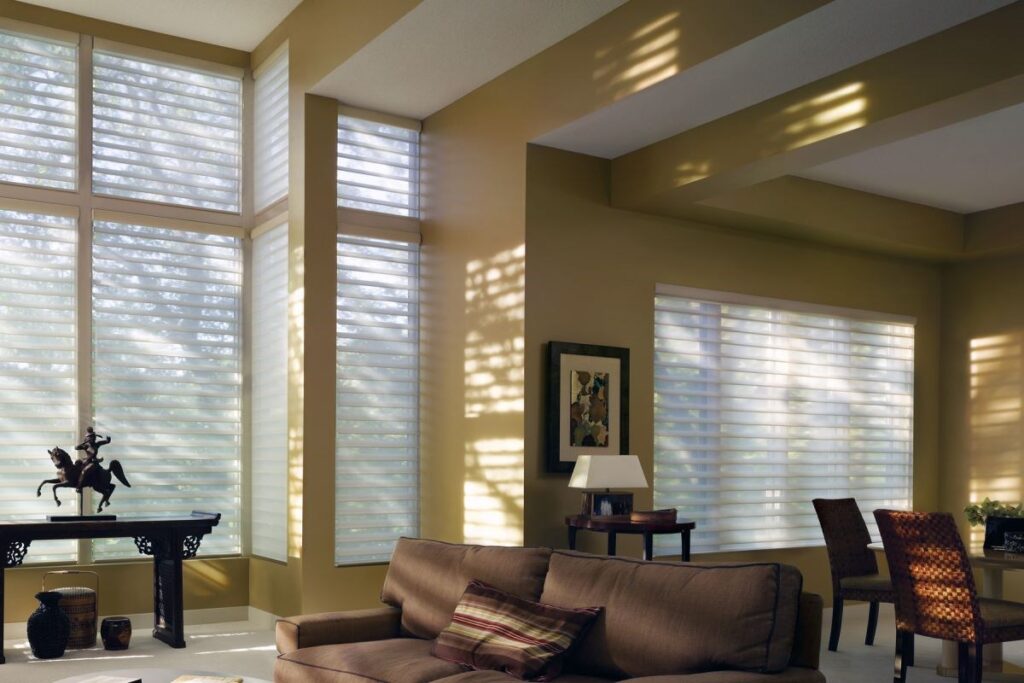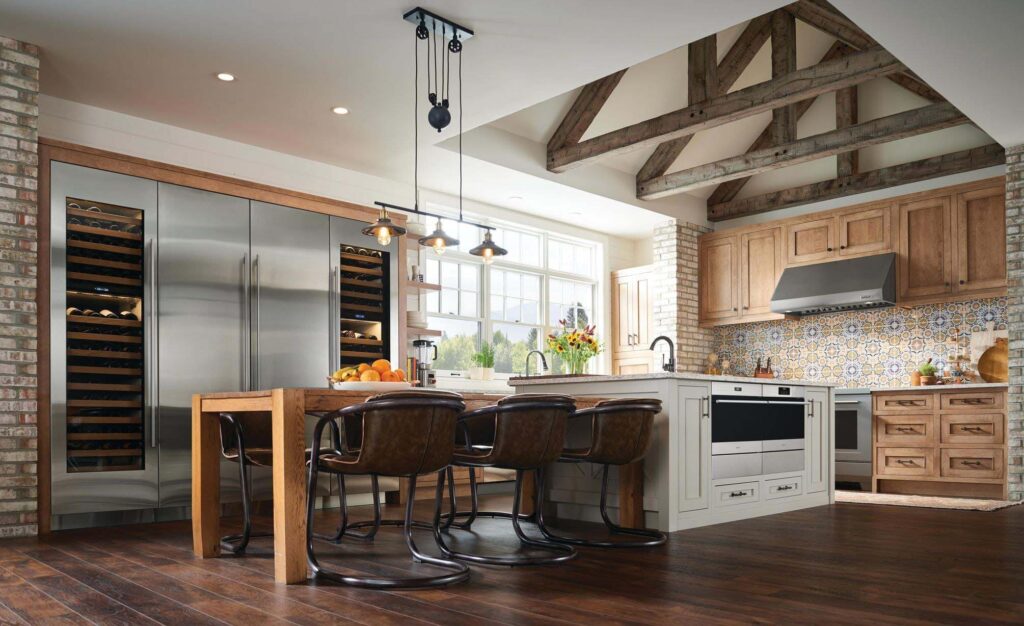By Lydia Kacala

Imagine a dark room in front of you. The windows, covered by shades, seamlessly blend in with the walls. Unsure of where to move to avoid bumping into anything, you reach into your jeans pocket and pull your smartphone out.
Your fingers dance on the phone screen to pull up an app. The app opens, revealing a button, giving you the power to light up more than just the space directly in front of you.
Once you push the button, the room you’re standing in comes to life. The window shades open and a couple lights turn on, revealing the warm cream walls that envelop you and the cozy velvet couch in the center of the room, waiting for you.
There is one culprit for the immediate change of scenery: the automation of home appliances. Most home appliances, such as laundry machines, ovens, lights and window shades, can be automated to turn on at the push of a button, which can be on a remote control or your smartphone.
“This past May, Hunter Douglas launched Bluetooth technology, so there’s Bluetooth in our (window) shadings as well as our hand-held remotes,” says Joel Herman, owner of Herman Textile Window Fashions in Highland Heights, which carries Hunter Douglas window treatments. “Customers can use their cellular phones in order to download the app and program the shades.”

The use of Bluetooth programming can also allow you to shut appliances off or close window blinds from anywhere within or outside the home. Families on vacation, people on business trips or those that simply forget to turn off the lights and such can take advantage of this feature.
“I have customers that are out of town and they work their shades so it appears that they’re home instead of being away for two months,” Herman says.
Peace of mind comes with using automated lights and window shades in this way. Peace of mind can also come from knowing that any problems that may arise with the technology can be answered or examined from a distance.
“If the customer perceives there’s an issue, Wi-Fi can identify remotely if there is in fact a problem,” says Bob Somrak Jr., vice president of operations at Somrak Kitchens in Bedford Heights. “It can send a customer an email if there’s a suggestion to try something before a service technician is called.”
Kitchen appliances can be automated, and some even have customizable automation features. Each appliance can run on a schedule that you set up or communicate with “sister” appliances, such as a washer and dryer.

“The machines will remember the previous cycle, or they’ll deal with the most frequent cycle to minimize energy consumption for electricity and gas,” Somrak says. “In other words, the washer can communicate with the dryer and the dryer understands.”
This communication between appliances can be done through more than just washers and dryers. Ventilation systems can also be automated and put in communication with stovetops to prevent any alarm systems from going off when not necessary.
“Today, we’re seeing ventilation tied into smart technology where the vents can literally sense that there’s still heat or smoke over the cooktop,” Somrak says. “So it’ll continue to have the vent run a longer cycle than normal. Then, it automatically shuts off when it senses that smoke, odor and heat are eliminated.”
Customization, whether it be through appliances that can communicate through your Wi-Fi or setting up lights and window shades to your preferences, is a valuable thing to have in your home, as it also saves you money. By having lights or other appliances turn off automatically during the day, you use less electricity, which makes your energy bills lower.
“You can have them automated to be at certain dimming levels, so you can actually save a lot on electricity costs,” says Rob Myers, president of K+ Integration Systems, LLC in Chagrin Falls.
You can also save on power bills through automated heating, ventilation and air conditioning systems, which Myers recommends be one of the first things you automate.
“You can automate (HVAC systems) based on time of day, or the temperatures outside or inside and the weather,” Myers says.
Imagine the temperature is always comfortable, the lighting never too bright or too dim, and during the day, you can simply look out the window to see the beautiful scenery around – all at the touch of a button.
Publisher’s note: Joel Herman is a member of the Cleveland Jewish News Foundation Board of Directors.
